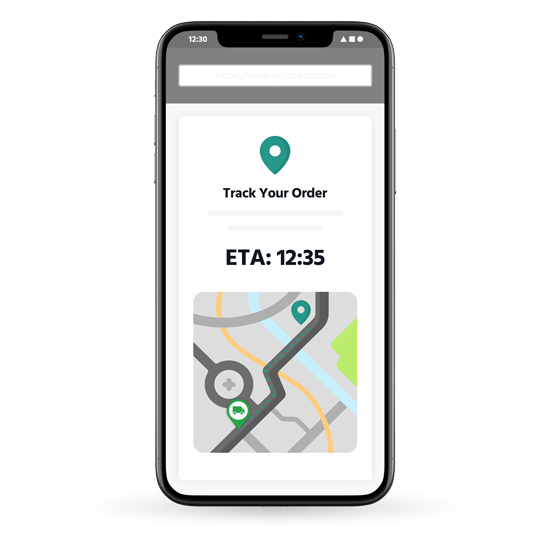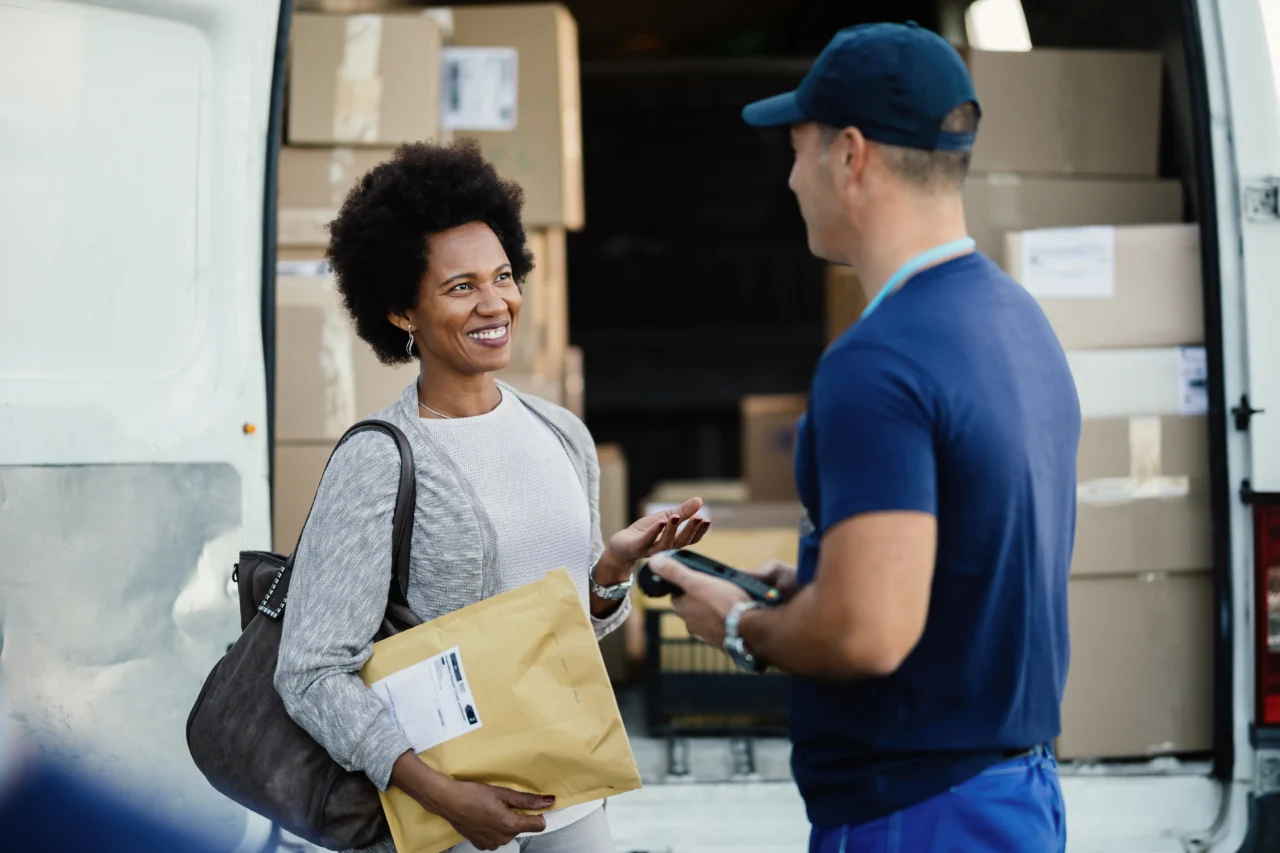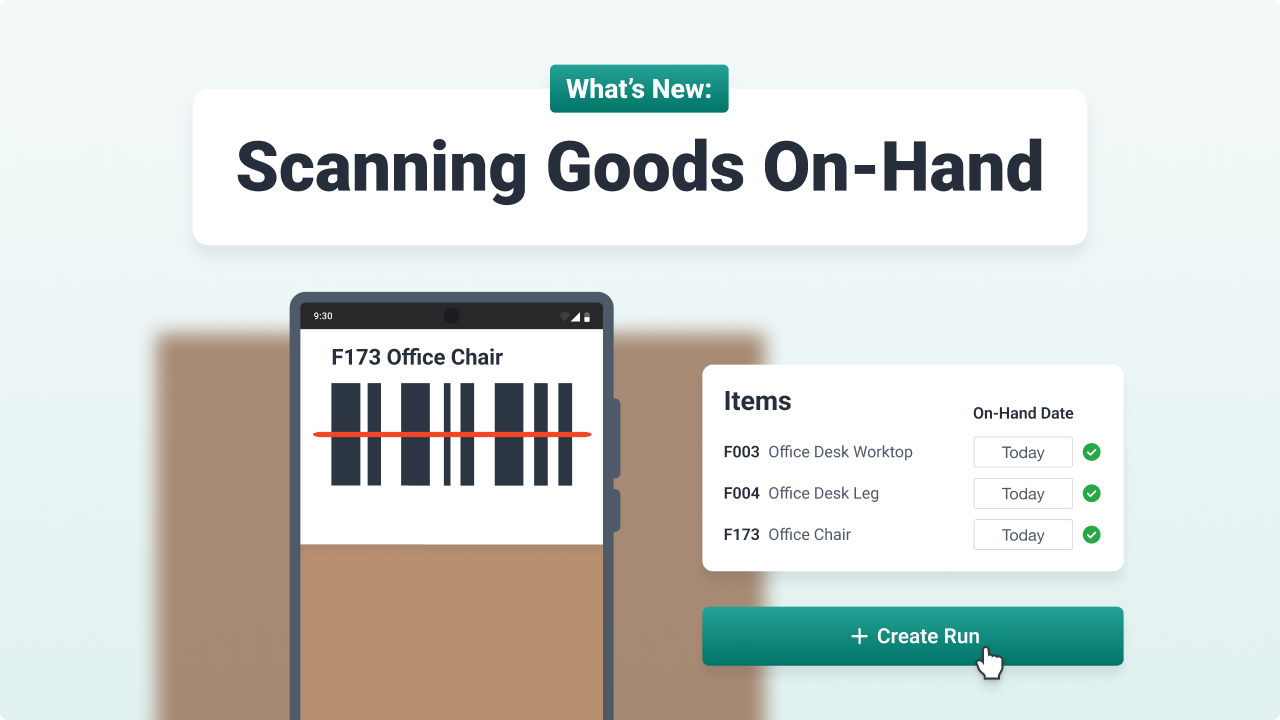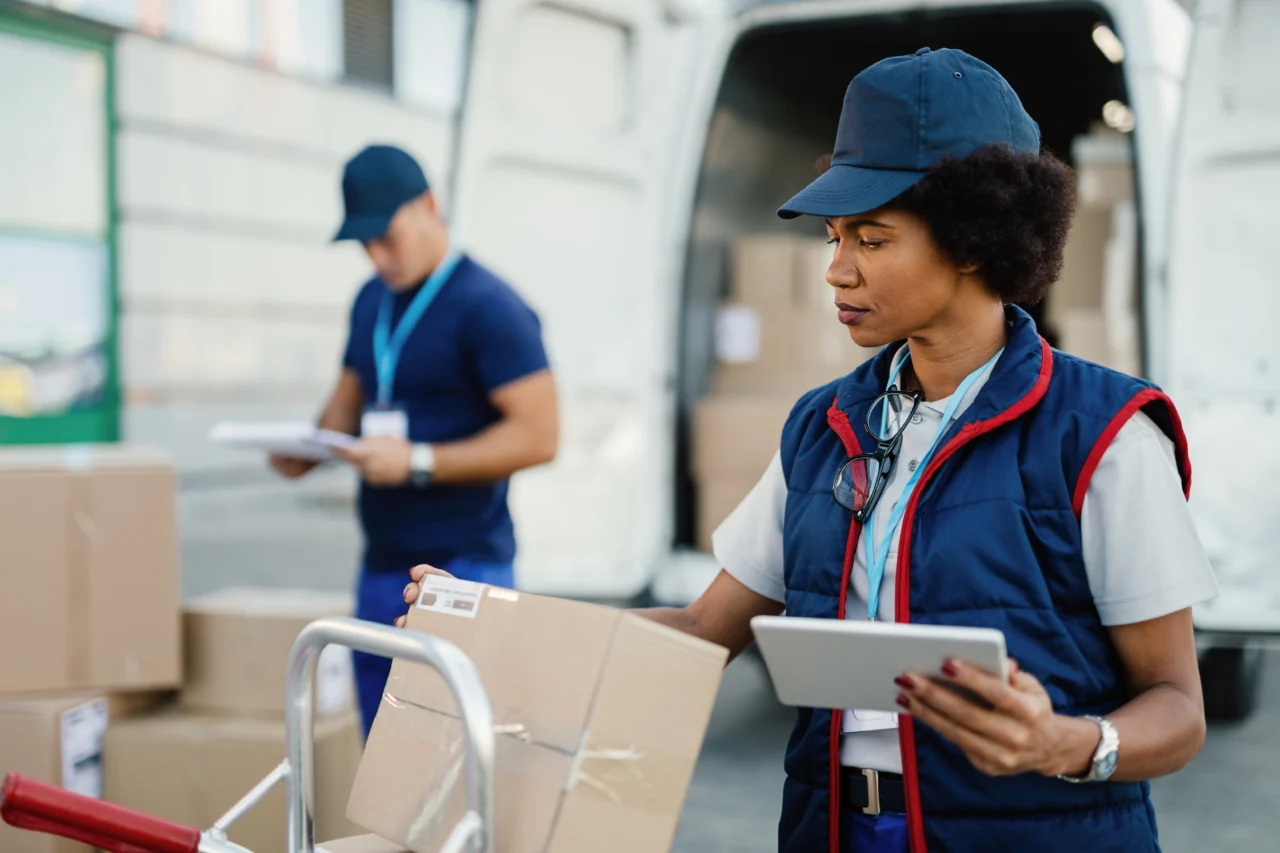The crucial period between order placement and delivery, the last mile (or final mile) significantly shapes a customer’s experience with your brand, and it can be the deciding factor in building brand loyalty and improving customer satisfaction.
Whether promised within weeks, days or hours, modern consumers demand real-time delivery updates, irrespective of the size of the brand they are purchasing from.
Providing high visibility into an order’s journey as it passes through a supply chain is expected.
When we spoke to Dan Ridgway at Scandinavian House last year about managing own fleet logistics as a wholesaler and distributor, he said:
“I think where people want to bring it in-house is more when they need to own the brand. So you want your own stamp on it. You need to take it right through to the end of the process”.
A report highlights this, revealing that 88% of customers consider real-time shipment tracking crucial for a positive customer experience.
This statistic underscores the importance of last mile delivery tracking and suggests that it is key to customer satisfaction.
This article looks into the fundamentals of last mile delivery tracking, exploring:
- What last mile delivery tracking is
- The essential last mile tracking features that are valued by customers
- And the five key benefits of last mile tracking.
What is last mile delivery tracking?

Last-mile delivery tracking enables customers to monitor their order’s precise location and offer Estimated Time of Arrival (ETAs) so that they know precisely when to expect a delivery.
Despite its desirability, a significant gap exists; a report indicates that 53% of consumers lack courier location tracking for most deliveries.
Implementing robust last mile tracking benefits all stakeholders: customers, businesses, and delivery companies by minimising errors and miscommunication, building trust and a reliable fulfilment process.
Key last mile tracking features
Platforms like Stream offer delivery tracking solutions with features that enhance the delivery experience for all stakeholders:
Five advantages of last mile tracking
- Accurate ETAs: Providing realistic delivery timeframes is crucial as 83% of consumers want an accurate estimated time of arrival (ETA) for their orders.
- Real-time location tracking: Enabling customers to follow the courier’s progress on a map, offering high visibility through functionality such as barcode tracking.
- Direct contact options: Allowing customers to communicate with couriers via in-app messaging to address potential issues.
- Delivery alerts: Sending timely notifications via email, text, or app, detailing delivery status and delivery windows.
Last-mile tracking offers substantial benefits:
- Improved customer sentiment: Addressing anxiety caused by delivery uncertainty. 93% of online consumers claim they want to be kept in the loop with regular updates regarding their shipments.
- Enhanced customer loyalty: Building stronger customer-brand relationships. 98.1% of e-commerce consumers say that their delivery experience affects their loyalty to a brand.
- Reduced delivery errors: Enabling real-time visibility allows issues to be addressed in a proactive nature, minimising returns and refunds.
- Streamlined operations: Optimising workflow through accurate ETA information, facilitating efficient order preparation, and reducing support calls.
- Improved record-keeping: Automatically generating delivery logs for performance analysis and dispute resolution.
In summary, the last mile delivery experience, particularly the implementation of effective tracking, has emerged as a critical touchpoint in shaping customer perception and building brand loyalty.
Modern consumers overwhelmingly expect real-time visibility into their order’s journey, and data clearly indicates that providing this transparency greatly impacts their satisfaction and future purchasing decisions.
The key features of robust last mile tracking solutions, such as accurate ETAs and real-time location updates, directly address stakeholders needs for visibility and contribute to a positive delivery experience for the customer, making it a win-win.
Prioritising and implementing last mile tracking is recommended, particularly for businesses that deliver goods in their own vehicles, in order to build stronger customer relationships and increase market share.
For further information on the topic of last mile delivery, we’ve written an article looking at the key logistical challenges of last mile delivery and how to solve them, with further analysis on last mile delivery tracking included.



